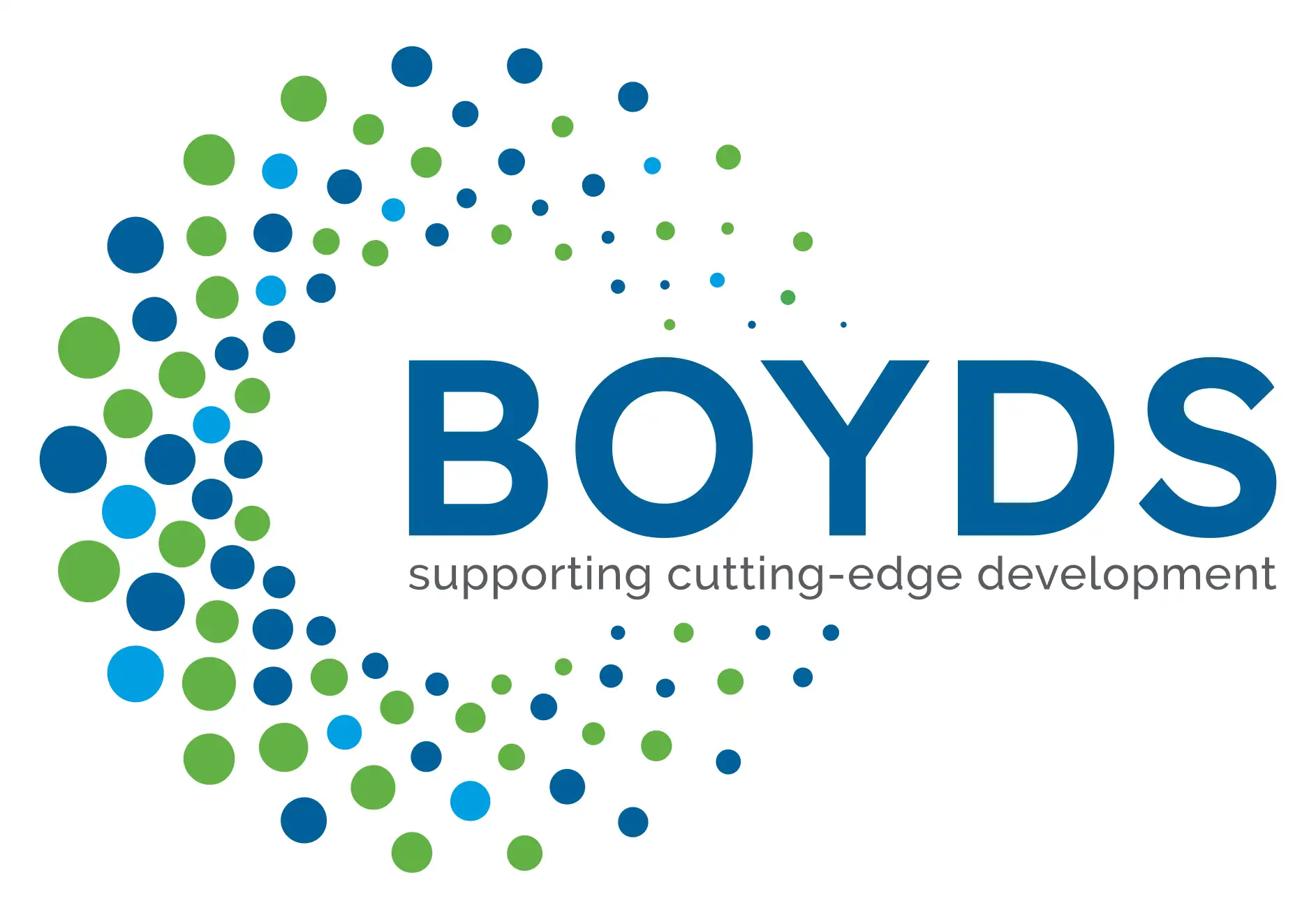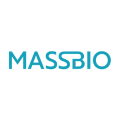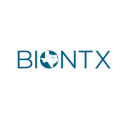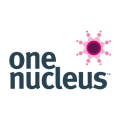Boyds has welcomed the very timely final Regulation (EU) 2018/781 from the European Commission which describes the criteria to be used in the assessment of similarity for orphan designated ATMPs. Previous to this, the only definitions and examples available were suited to NCEs and biologics.
This is timely because increasingly, owing to a significant rise in the number of ATMPs in clinical development over the last few years, a number of companies are developing similar products in the same therapeutic area and thus the Committee on Orphan Medicinal Products will likely face the need to assess similarity for such products at the time of marketing authorisation in the short to medium-term.
The Commission has released a Q&A document following the recent Regulation 2018/781 (29 May 2018) on orphan drug designation and the concept of similarity, which comes in to force on 19 June 2018.
The Q&As provide further interpretation for the content of the Regulation, which covers similarity in the context of all products, including ATMPs:
Regulation 2018/781 specifically states: “…in the case of advanced therapy medicinal products the similarity between two active substances should be assessed on the basis of the biological and functional characteristics.”
And: “Two gene therapy medicinal products shall not be considered similar when there are differences in the therapeutic sequence, viral vector, transfer system, regulatory sequences or manufacturing technology that significantly affect the biological characteristics and/or biological activity relevant for the intended therapeutic effect and/or safety attributes of the product…Differences in the therapeutic sequence without a significant impact on the intended therapeutic effect are not sufficient to support the claim that two gene therapy medicinal products are non-similar.”
The Q&A document essentially supports the Regulation’s position that it will not be sufficient to simply claim that the two products are different; rather, the onus is on the developer of the second product to show that the differences between its product and the first (approved) product have an impact on the therapeutic effect and/or the safety attributes for patients. For those interested in further reading, some helpful examples are given in the documents.








